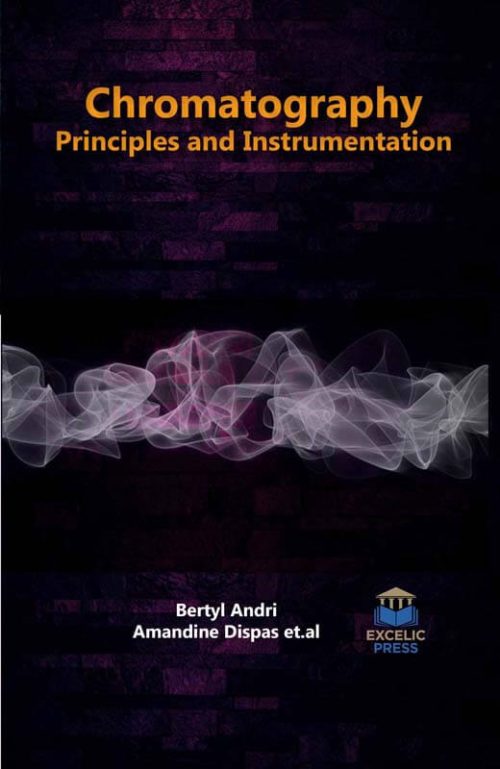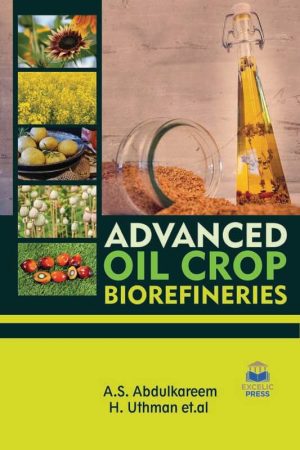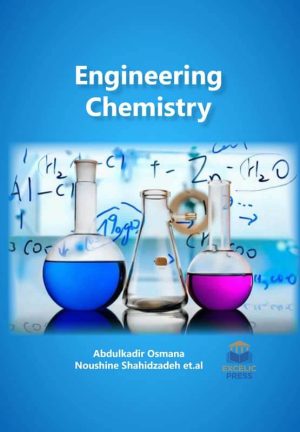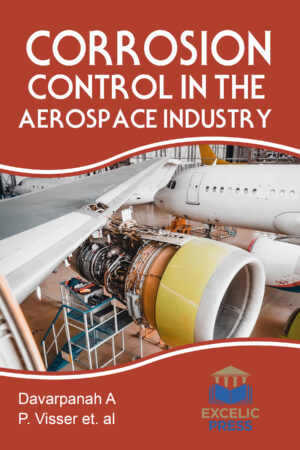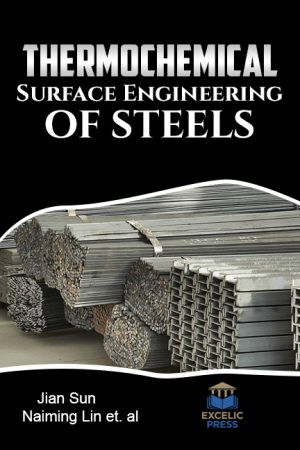Description
In the current era, chromatography is the most useful and extensive technique applied in modern chemical analysis and pays a crucial role in the development of chemistry, biology, medicine and connected fields of research. Chromatography is a prevailing separation tool that is used in all of the branches of science. It plays an important role in many pharmaceutical industries and also in the chemical and food industry.
This book is intended to present the latest research and development of chromatography, including practical information on separation sciences to assist the reader to apply chromatography techniques to his research field. In recent times, the overall interest over Supercritical Fluid Chromatography (SFC) is truly growing within various domains but especially for pharmaceutical analysis. However, in the best of our knowledge modern SFC is not yet applied for drug quality control in the daily routine framework. Thereby, the book starts with an overview of the current and past achievements related to SFC techniques, with targeted attention to this lifecycle and its successive steps. Sample preparation techniques and MEMS devices for miniaturized gas chromatography are covered in the next chapters. In the following chapters, the book takes a comprehensive look on new developments in liquid chromatography-mass spectrometry for the determination of micropollutants; purification of nanoparticles by liquid chromatography for biomedical and engineering applications; replacement of process scale chromatography by counterflow membrane cascades; gel permeation chromatography purification and gas chromatography-mass spectrometry detection of multi-pesticide residues in traditional Chinese medicine.
Both clusters and adducts are assemblies of atoms or molecules that are held together by weak van der Waals or London dispersion forces. Clusters are homogeneous and usually consist of one sort of atom or molecule. Clusters can also be a host for other types of atoms or molecules. Adducts usually consist of two different types of molecules, one of which is the host molecule. Both clusters and adducts are well defined by IUPAC. So, the book presents a review of some important phenomena of these intriguing associations, which have an interest in chemical extraction, separation, analysis, and nature in general. Additionally, the book takes a look at HPLC methods widely used in the analyses of feed additives, such as vitamins, feed colorants, antioxidants, amino acids and coccidiostats in preparations, premixes, and feed mixtures. The book closes with a comprehensive treatment on several applications of chromatographic science in the field of animal ecology, biology and physiology.
This book will appeal to advanced graduate students, professionals, and practitioners dealing with forensic, medicine, pharmacology and engineering.

